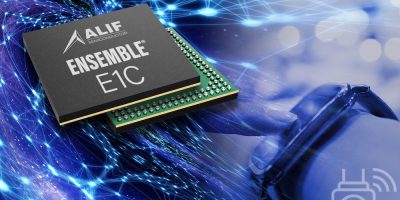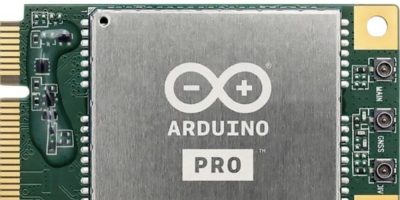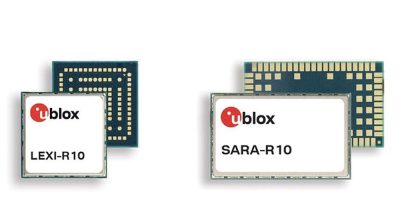Advantech has launched its latest compact and fanless edge computers—the ITA-168 and 178 series. These devices are powered by the latest Intel Celeron processors and feature dual-channel DDR4 memory, with both embedded memory and SO-DIMM expansion slot. With a computing performance enhancement of up to 3.5 times, they excel as controllers for traffic management and automated fare collection systems. Additionally, they serve as versatile intelligent edge devices for data collection and processing in various smart city and IoT scenarios.
The ITA-168/178 series feature extensive I/O designs to meet diverse connectivity requirements. With 6 x USB 2.0 and 2 x USB 3.0 ports, along with 6 to 14 COM ports, they offer versatile options for external devices and controller demands. They accommodate various payment systems, including traditional tokens, contactless smart cards, and mobile payments, ensuring compatibility with advanced payment sensors through upgraded COM 1 and 2 ports operating at baud rates of 921600 for efficient data transmission. Moreover, by integrating Advantech iDoor modules with 2 mini PCIe slots, they allow for customised expansion for applications such as gate sensing, light indicators, WiFi/Bluetooth, 4G/LTE, and more.
The ITA-168/178 series presents cutting-edge connectivity and visual capabilities. With four independent LAN ports, each supporting speeds of up to 2.5G (2500 Mbps), they satisfy the requirements of facial recognition, intranet, and voice intercom functions. Additionally, ITA-178 supports triple independent displays through 2*VGA/LVDS and 1*HDMI that is capable of peaking at 4k resolution. This facilitates simultaneous multiple displays on automatic gate machines and office monitors, enhancing operational efficiency. Moreover, they unlock opportunities for media advertising, enriching the end-customer experience with exceptional resolution and interactivity.
The ITA-168/178 series achieves a 20% to 30% reduction in size compared to their predecessors, the ITA-1611/1711. Featuring a rugged, fanless design and a wide operating temperature range (-25°C to 60°C), they ensure reliable operation in space-limited, outdoor, high vibration, and harsh environments. Compatible with Windows 10 and Windows 11, they offer optional features such as NVRAM for data protection during power outages, TPM 2.0 for enhanced system security, and wall-mount and desktop options for easy and flexible installation. Overall, the series offer an ideal solution for smart city infrastructure and machine automation applications.







